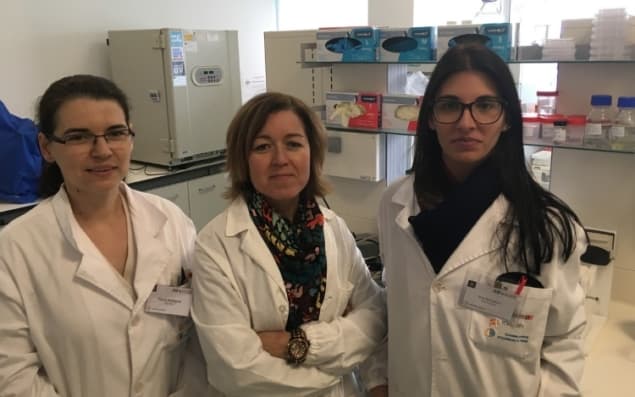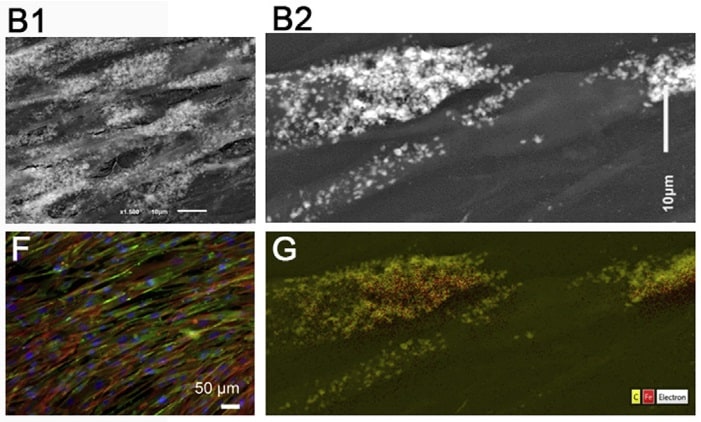
Mesenchymal stem cells are multipotent cells that have the ability to differentiate towards a plethora of tissue types, such as fat, bone, cartilage, tendon, muscle or neurons. This capacity, along with their ability to proliferate in vitro, makes stem cells of particular interest for cell therapy, including applications such as tendon regeneration, for example.
However, there are some limitations in current delivery methods of stem cells. Cell injection, for instance, leads to a fast clearance of the cells by spreading to other tissues, due to a lack of guidance for the cells. Despite these shortcomings, clinical trial outcomes reported in the literature are encouraging and confirm the potential of stem cells for use in cell therapy.
Recent research has focused on developing a system that can retain the cells in the desired tissue, in order to address the limitations of cell delivery. In vivo, all cell types synthetize the extracellular matrix (ECM), which serves as a structural, biomechanical and biochemical support. Researchers are investigating this ECM as a way to fabricate natural scaffold for cells to support themselves as a cellular assembly.
Manuela Gomes and her group at the University of Minho have reported the first magnetic patch containing mesenchymal stem cells for tendon tissue engineering (Acta Biomater. 63 110). The construct is made of iron oxide magnetic nanoparticles (MNPs) associated with human adipose derived stem cells (hASCs). Those hASCs have been selected for their expression of tenomodulin (a tendon and ligament marker) since they are more prone to tenogenic differentiation (J. Tissue. Eng. Regen. Med. doi: 10.1002/term.2495), making them particularly suitable for tendon therapies.

The researchers used magnetic nanoparticles to improve mechanical support and reinforce the mechanical properties (tensile properties in this work) of the cell sheet. Furthermore, they applied magnetic mechanical stimulation to direct cells to produce a tendon-specific ECM for use in tendon regeneration.
Is iron oxide not toxic for the cells?
MNPs are already approved by the US Food and Drug Administration and used in biomedical applications without showing any cytotoxicity. In vivo, the iron is expected to be utilized by the cells for their endogenous iron metabolism or eliminated through the regular excretion pathways.
Due to their size, the nanoparticles get inside the hASCs via endocytosis (transport of objects from the outside into the cell) without affecting their viability, metabolic activity, proliferation or potential to differentiate into tenocytes, and without stressing the cells (i.e., no reactive oxygen species are formed due to cellular stress).

The researchers demonstrated the absence of toxicity of the MNPs and the possibility of creating patches with good mechano-elastic properties, making these MNPs an attractive tool for tendon regeneration. The future of tendon regeneration may be magnetic.



